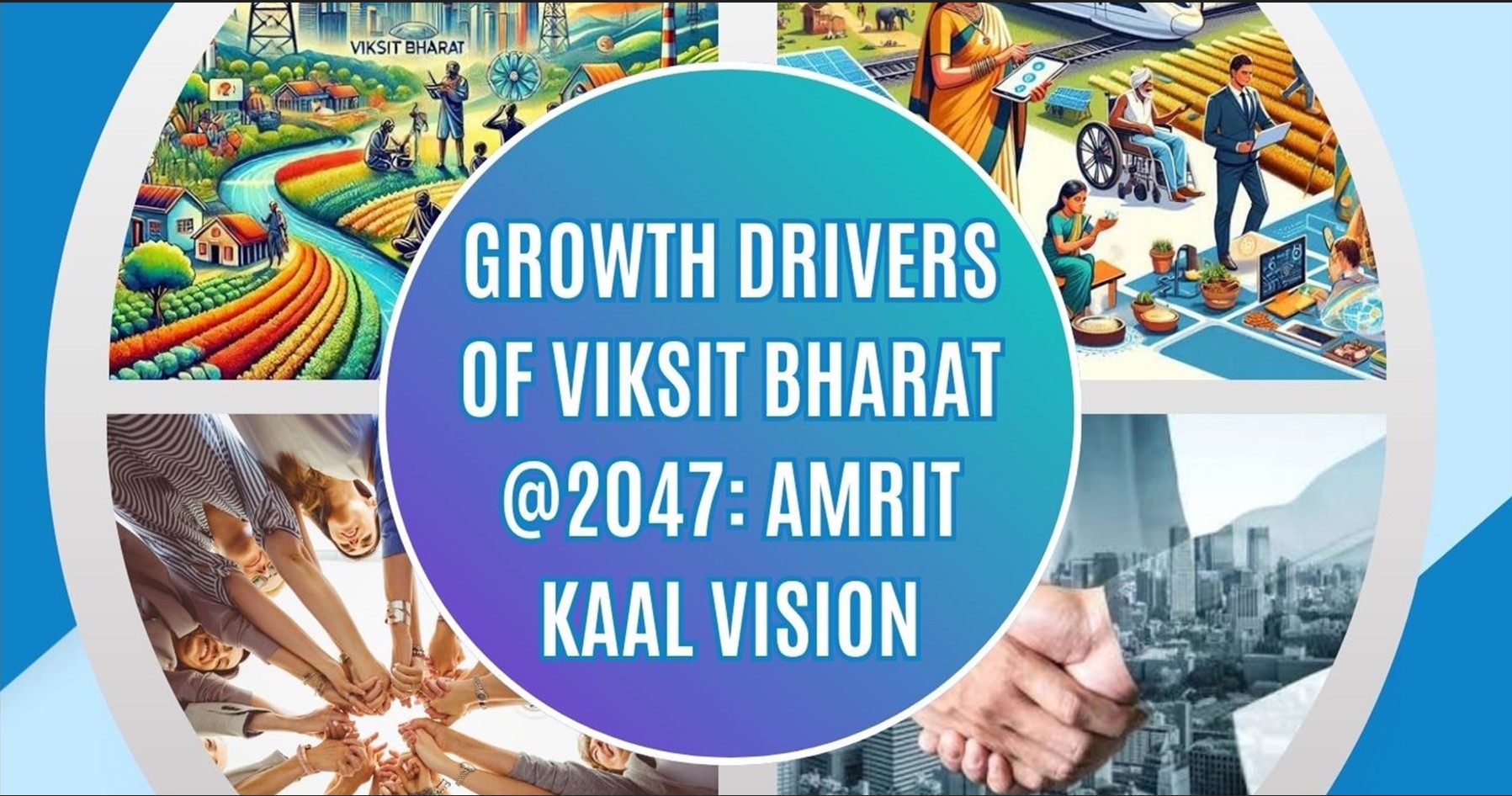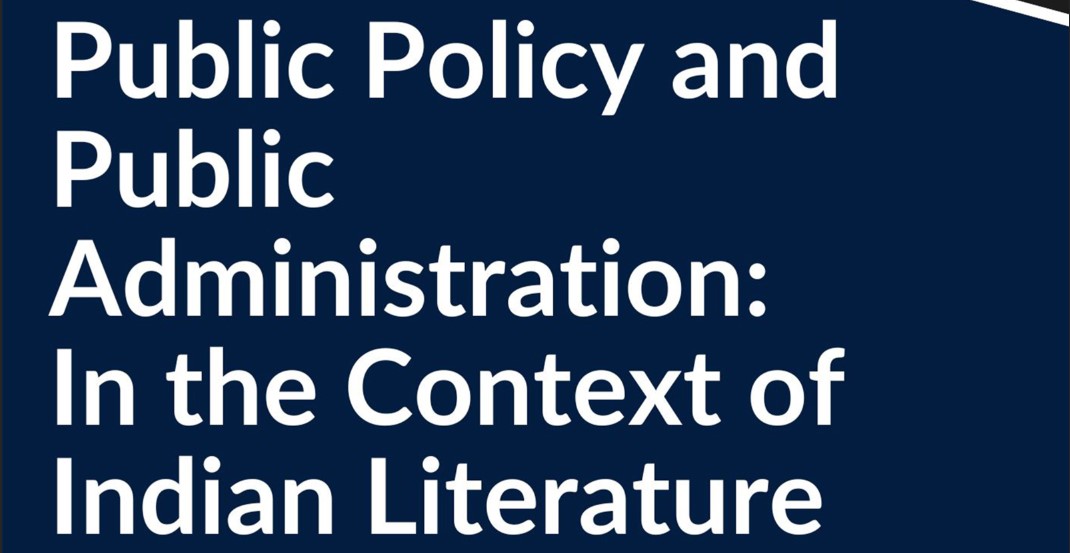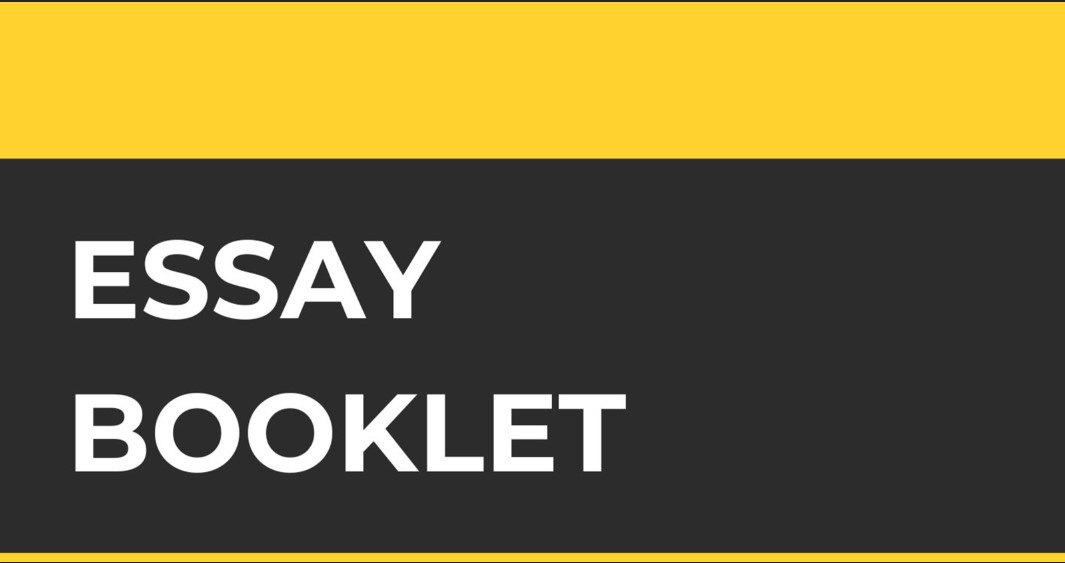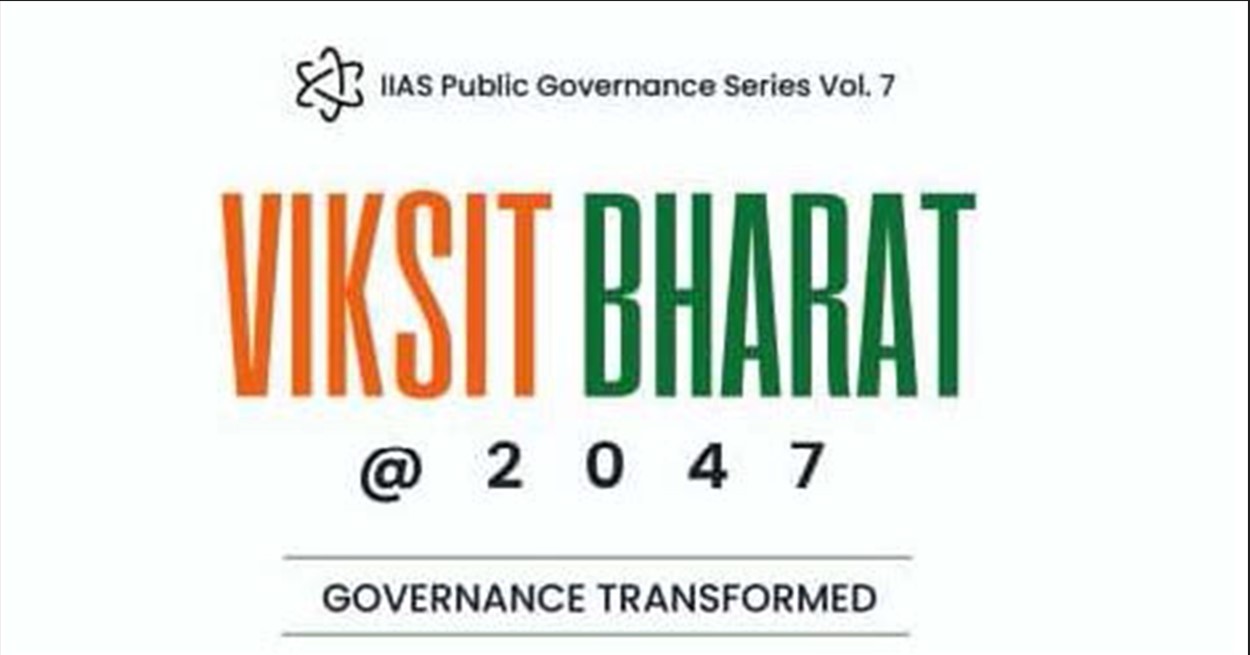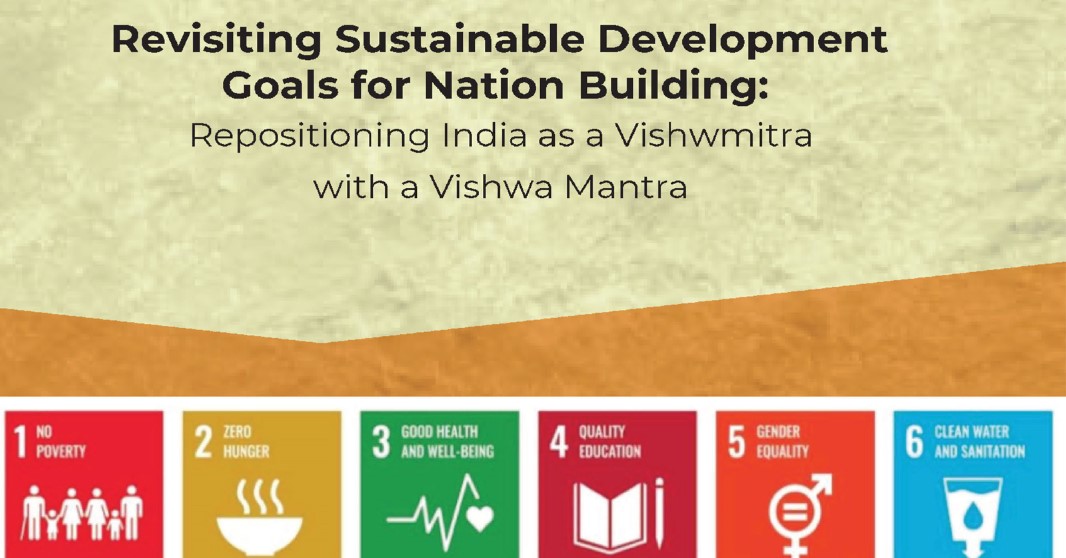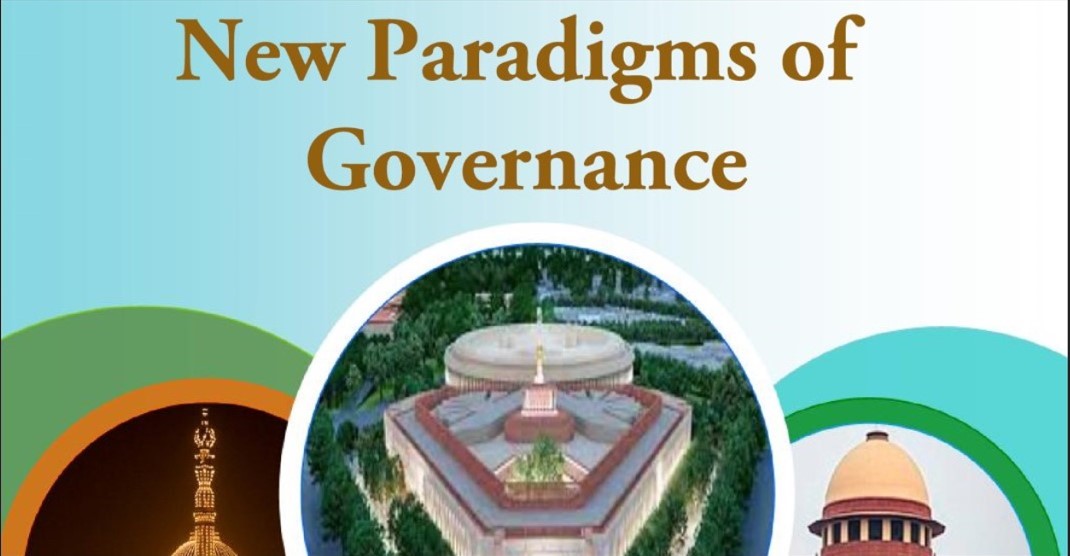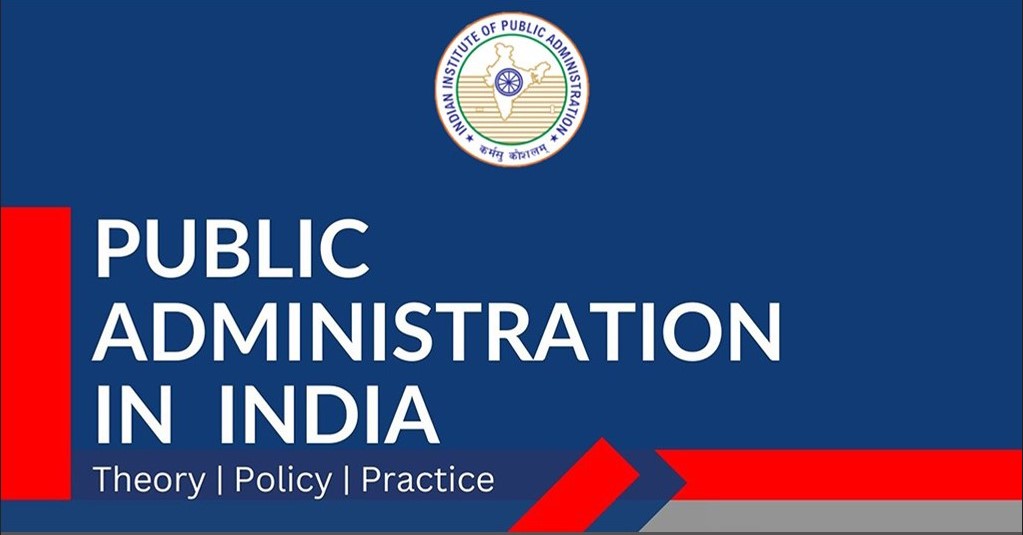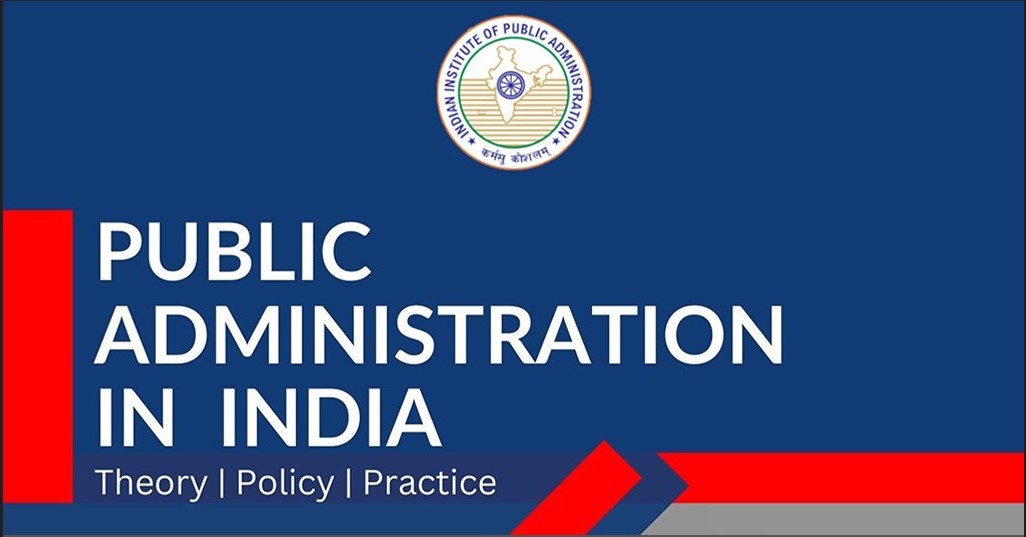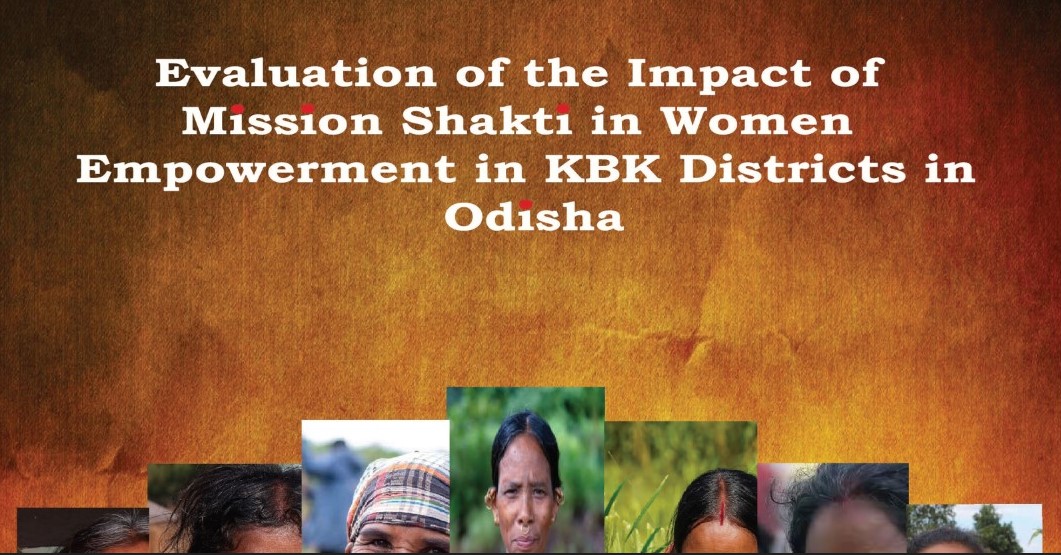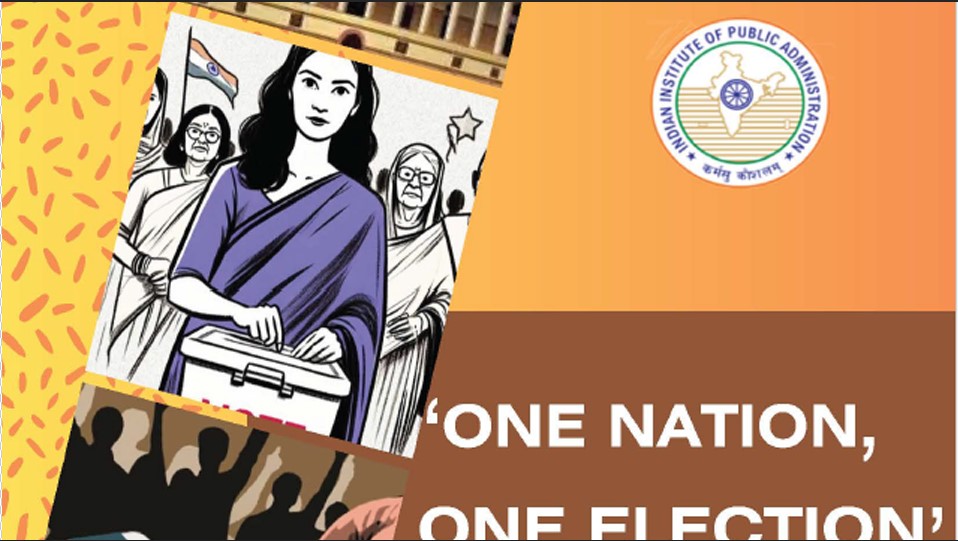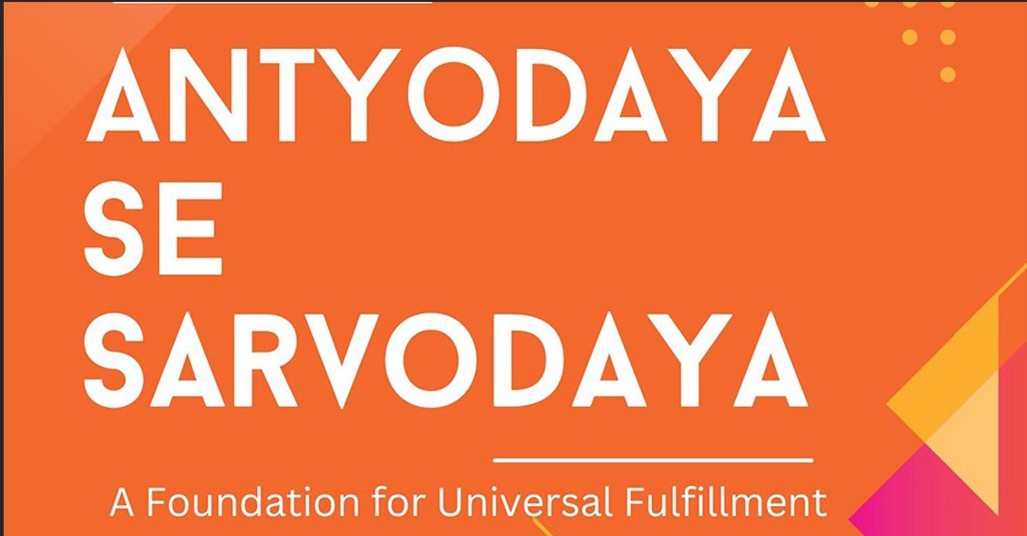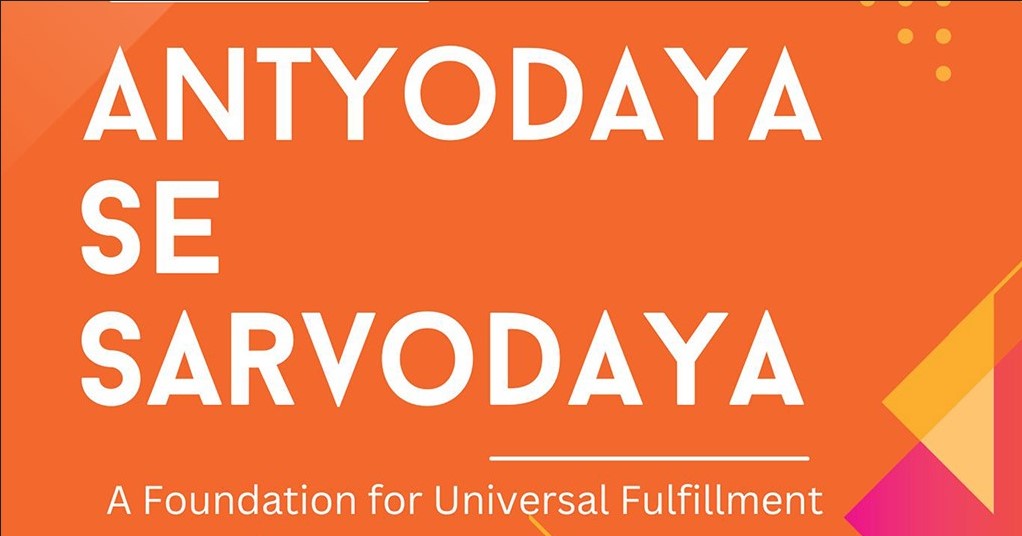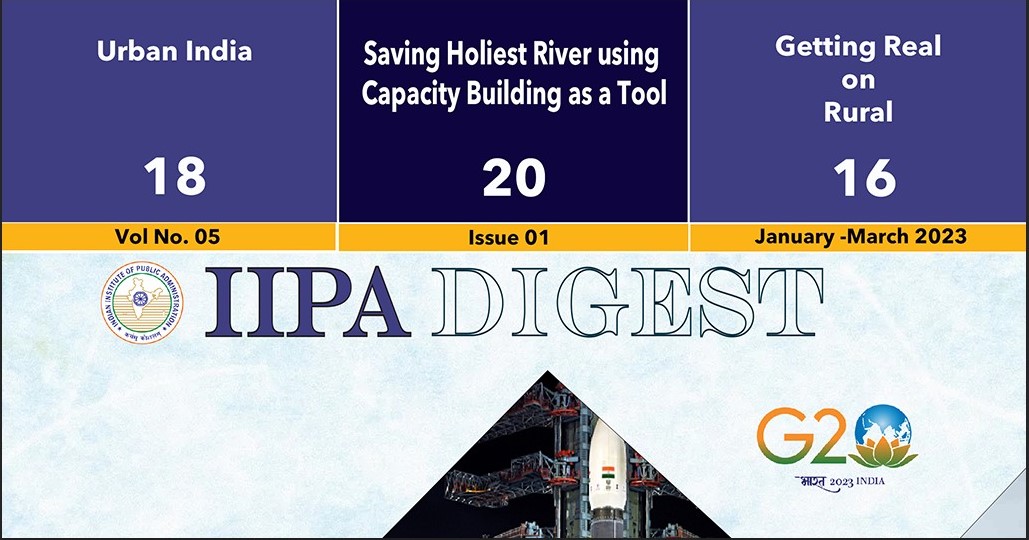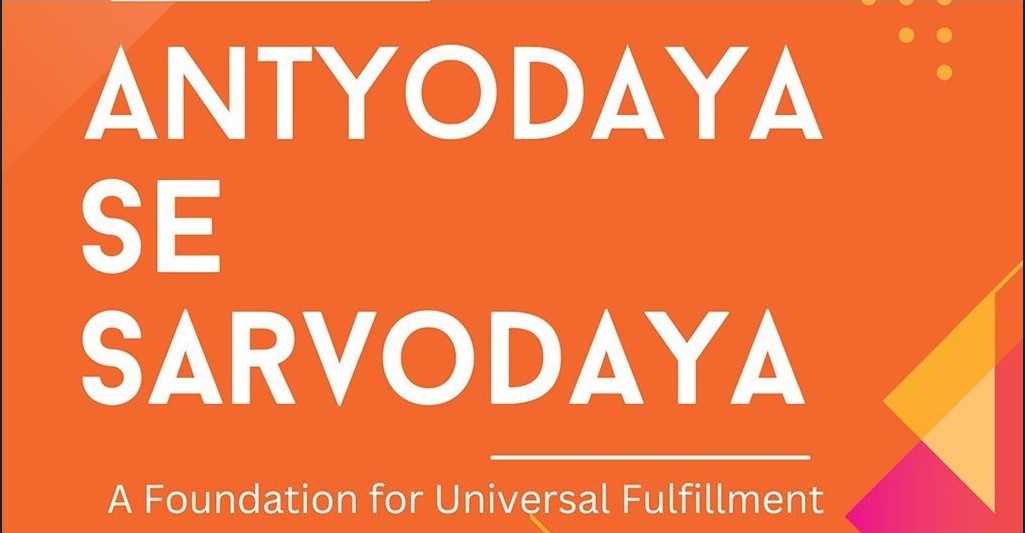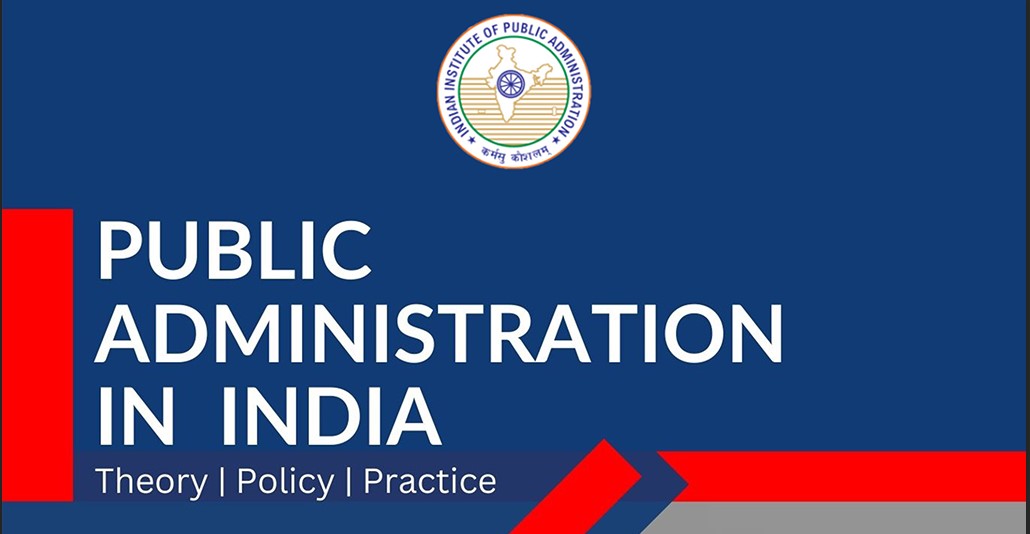Community led Development and Transformation
Abstract
The Freedom Struggle in India witnessed the largest community-led mass movement in modern India, which resulted in emancipation from the British Raj. It also provided the basis for the values & ideals to be enshrined in the framing of the Indian Constitution. Community-led initiatives induce change and transformation in the lives of communities. They also highlight precious values that matter in the country`s progress. The fight against corruption, achieving equality of opportunity, environmental protection & conservation, women empowerment, and access to justice by the judiciary, courts of law. These initiatives also create leaders in their struggle for justice in the communities they lead. The leadership reveals qualities that espouse concern for ethical conduct, morality, and human rights in the community. The making of a society where human rights are accessible in an egalitarian society.
Keywords: Community,Viksit Bharat, development, leadership, change, society, egalitarian women empowerment gram swaraj, underprivileged, transformation, government egalitarian, , human rights constitution.
1. Introduction
“Never doubt that a small group of thoughtful committed citizens can change the world; indeed, it's the only thing that ever has.” Margaret Mead Community-Led Development as a concept is a development approach in which local community members work together to identify goals that are important to them, develop and implement plans to achieve those goals, and create collaborative relationships internally and with external actors, all while building on community strengths and local leadership.
Community-Led Development (CLD) is characterized by 11 attributes: participation and inclusion, voice, community assets, capacity development, sustainability, and transformation. Capacity, collective planning and action, accountability, community leadership, adaptability, and collaboration. Leadership is the glue that bonds people and is the ability of an individual, group, or organization to “Lead”, influence, or guide other individuals, teams, or organizations. There are many outstanding examples of bringing about change in India. The people who led these initiatives have made great contributions of sacrifice and hard work. They have also brought about transformation in the lives of citizens of India.
NGO`s have played a leading role and provided dynamism in rural India, thereby making communities prosperous and paving a path for creating an egalitarian society. The foundation of community-led development in India in modern times was laid by Mahatma Gandhi. His idea of Gram Swaraj provided the trigger and impetus for continued initiatives in this field. After independence, many other individuals &organizations followed the lead given by the Mahatma. “My idea of Village Swaraj is that it is a complete republic, independent of its neighbours for its vital wants, and yet interdependent for many in which dependence is a necessity.” Gram Panchayats are the face of politics and opportunity at the grassroots in India and are enshrined in the Constitution of India. Dr.B.R. Ambedkar was another contemporary leader and social reformer of several movements to fight for the rights of the oppressed &untouchable persons in India. All-India Scheduled Castes Federation Founded in 1942, this organization was a political front for the Dalits. Ambedkar's philosophy was centred on giving justice to the underprivileged and creating a just society for all. He believed that education was key to social emancipation and that society should be based on the ideals of liberty, equality, and fraternity. Ambedkar is regarded as the Father of the Indian Constitution. His major contribution was affirmative action by providing reservations for SC/ST in the matter of equality of opportunity and abolition of Untouchability in India.
1.1 Movement for the Fight against Corruption
Rampant corruption in politics and public administration has been a big issue in India for a long time. There have been a number of significant movements urging the Government to act against corruption. In particular, calls to pass the Lok Pal to establish a citizen’s Ombudsman have long been heard from the government, and it has wavered on this issue for many years. Between 1968 and 2008, ‘Lokpal bills’, to establish an independent body to investigate corruption in public offices, have been brought before the Parliament eight times, but have never been passed. Hazare started a hunger strike on 5 April 2011 to exert pressure on the Indian government to enact a stringent anti-corruption law, TheLok Pal Bill 2011, as envisaged for the institution of an Ombudsman with the power to deal with corruption in public places. The fast led to nationwide protests in support. The fast ended on 9 April 2011, a day after the government accepted Hazare's demands. The government issued a gazette notification on the formation of a joint committee, consisting of government and civil society representatives, to draft the legislation.
1.2 Fight against Bonded Labour & Deforestation
Non-governmental organizations (NGOs) are independent entities away from the government and business sector. They are intended to serve the public good rather than cater to individual interests. NGOs have been quite instrumental in improving people’s lives. The Rural Litigation and Entitlement Kendra (RLEK)started its movement back in the late 1970s, when a group of young people started development work amongst tribal hill communities in the areas of Jaunsar-Bawar, a predominantly tribal belt of Dehradun district. The Community-led development initiative has evolved after years of struggle against atrocities meted out to underprivileged and marginalized communities. Systemic inequities and injustices deprived these communities of their fundamental human rights, the main thrust being empowerment and emancipation of bonded labour (also called slavery), with special focus on women. This was crucial in their effort for the restoration of the rights of these marginalised communities. The organization has used law as a tool for the promotion of the ‘Rule of Law’ as it has fought for communities as well as individuals in the courts of law. Thus, paving the way for the enactment of new laws. RLEK initiatives have led to the promulgation of: Bonded Labour System (Abolition) Act, 1976; Environment Protection Act, 1986; and Narcotics and Psychotropic Substances Act, 1988
1.3 The Campaign to Spread Child Literacy
Bachpan Bachao Andolan (Save Childhood Movement) was established in 1980 as the first people’s movement for social justice, equity, education, and peace for all children in India. Kailash Satyarthi braved all odds to uphold the rights of marginalised and victimised children, not only in India but across the world. In the last 35 years, his efforts have resulted in the rescue of over 83,000 children and adults from child labour, trafficking, and other exploitative situations in India. The movement transformed the lives of thousands of children working in carpet weaving, bangle making, the firecracker industry, the circus industry, lock making, brassware products, agricultural labour, sari embroidery, stone quarries, and brick kilns, besides domestic child servitude across the world. These nationwide efforts finally resulted in the 86th Amendment to the Indian Constitution, making Education a Fundamental Right.
1.4 Freedom of Expression and the Right to Access Information
The Right to Information movement in India through the Mazdoor Kisan Shakti Sangathan (MKSS) and the National Campaign for People's Right to Information (NCPRI) was finally successful with the passage of the Right to Information Act in 2005. Aruna Roy led the movement successfully. The RTI Bill was passed by the Parliament of India on 15 June 2005 and came into force with effect from 12 October 2005. Every day, on average, over 4800 RTI applications are filed. In the first ten years of the commencement of the act, over 17,500,000 applications had been filed.
2. Ngo Empowerment of Women
2.1 Women's Self-Help Groups (Shg)
The concept of a self-help group was developed by non-governmental organizations (NGOs) and institutions working towards poverty alleviation and community development. It was designed to empower individuals, particularly women, and provide them with financial support and a platform for social change. A S.H.G consists of 10-20 members drawn from a relatively homogeneous economic class (i.e., poor), self-selected based on existing affinities and mutual trust; members meet regularly at a fixed time and place and pool their savings into a common fund from which they take need-based loans. The group develops its own rules and regulations and sanctions for violations; the meeting procedures and processes, leadership change norms, intensive training, and handholding are designed to enable SHGs to function in a participatory and democratic manner. The objectives of the SHGs go beyond thrift and credit and include the overall development of members in the social, political, cultural, and economic arena; thus, the SHGs are ‘credit plus’ institutions. On average, one SHG consists of 15 to 20 members; a group leader is nominated on the basis of rotation from amongst the group members to conduct meetings. About 75 per cent of the members of the Self Help Groups are illiterate (including those who can sign only), and only 5 per cent have some post-primary education. Meetings are usually held once a week. Normally, the agenda is the disbursement of loans, collection of savings, fines, etc. A record of loans, savings, and fines is maintained by an educated member of the SHG, by the group leader, or by a facilitator who is paid an honorarium by the group.
2.2 Kudumbashree
The program's name, Kudumbashree, means "prosperity of the family" in Malayalam. The program's origins include the Ayalkootam, a neighborhood meeting or assembly concept that originated in the 1970s.
• Kudumbashree Strategy of Kerala
Identification of the poor families or the most vulnerable families is based on the listing of nine different kinds of deprivations for each family (based on a household census). The nine deprivations are kutcha house, no access tosafe drinking water, no access to sanitary, latrine, illiterate adult in the family, having not more than one earning member, family getting barely twomeals a day or less, presence of children below five years in the family, alcoholic or drug addict in the family, scheduled caste or scheduled tribefamily. A family that had four or more of the risk factors was classified as high-risk poor. However, the risk index is subject to evolution over time. The importance of this approach in identifying the poor is that there is more objectivity in targeting the poor. The presence of NHGs and a strong panchayat system ensures transparency in the preparation of these indices. The Kudumbashree model has been hailed as an innovative and effective model of approach to poverty eradication. Kudumbashree is the poverty eradication and women empowerment programme implemented by the State Poverty Eradication Mission (SPEM) of the Government of Kerala. The name Kudumbashree in the Malayalam language means ‘prosperity of the family’. The name represents ‘Kudumbashree Mission’ or SPEM as well as the Kudumbashree Community Network. What is commonly referred to as ‘Kudumbashree’ could mean either the Kudumbashree Community Network, the Kudumbashree Mission, or both.
Kudumbashree was set up in 1997 following the recommendations of a three-member Task Force appointed by the State government. Its formation was in the context of the devolution of powers to the Panchayat Raj Institutions (PRIs) in Kerala, and the People’s Plan Campaign, which attempted to draw up the Ninth Plan of the local governments from below through the PRIs. Kudumbashree has a three-tier structure for its women's community network, with Neighbourhood Groups (NHGs) at the lowest level, Area Development Societies (ADS) at the middle level, and Community Development Societies (CDS) at the local government level. The community structure that Kudumbashree accepted is the one that evolved from the experiments in Alappuzha Municipality and Malappuram in the early 1990s. Kudumbashree community network was extended to cover the entire State in three phases during 2000-2002. Kudumbashree membership is open to all adult women, limited to one membership per family.
In 2011, the Ministry of Rural Development (MoRD), Government of India, recognised Kudumbashree as the State Rural Livelihoods Mission (SRLM) under the National Rural Livelihoods Mission (NRLM). Kudumbashree is essentially a community network that covers the entire State of Kerala. It consists of a three-tier structure with Neighbourhood Groups (NHGs) as primary level units, Area Development Societies (ADS) at the ward level, and Community Development Societies (CDS) at the local government level. It is arguably one of the largest women’s networks in the world. While the community network is formed around the central themes of poverty eradication and women's empowerment, its main features include democratic leadership and support structures formed from the ‘Kudumbashree family’.
2.3 The Women Green Saviours Turning Point
Chipko Movement: It was a social movement aimed at the protection and conservation of trees from being destroyed. The Chipko movement was mainly about Women hugging the trees to protect them from wood cutters from cutting them. The name of the movement comes from the word 'embrace', as the residents embraced the trees and prevented the contractors from cutting them. Food, fodder, fuel, fibre, and fertilizer are the five Fs of the Chipko movement required for a self-sustained society.
The Chipko movement thus began to emerge as a peasant and women’s movement for forest rights, though the various protests were largely decentralized and localised. In addition to the characteristic “tree hugging,” Chipko protesters utilized several other techniques grounded in Gandhi`s concept of Satyagraha (nonviolent resistance).
In 1978, in the Advani forest in the Tehri Garhwal district, Chipko activist Dhoom Singh Negi fasted to protest the auctioning of the forest, while local women tied sacred threads around the trees and read from the Bhagavat Gita. In other areas, chir pines (Pinus roxburghii) that had been tapped for resin were bandaged to protest their exploitation. In Pulna village in the Bhyundar valley in 1978, the women confiscated the loggers’ tools and left receipts for them to be claimed if they retreated from the forest. It is estimated that between 1972 and 1979, more than 150 villages were involved in the Chipko movement, resulting in 12 major protests and many minor confrontations in Uttarakhand. The movement’s major success came in 1980, when an appeal from Sunderlal Bahuguna to Indian Prime Minister Indira Gandhi resulted in a 15-year ban on commercial felling in the Uttarakhand Himalayas. Similar bans were enacted in the state of Himachal Pradesh and the former Uttaranchal.
2.4 Warriors of Peace and the Spread of Communal Harmony
Nirmala Deshpande is the quiet face of Gandhism in a world bloodied by strife and communal hatred. To the many people whose lives she has touched, Nirmala is known as didi (elder sister). Nirmala joined the Bhoodan Yatra in 1952, walking more than 25,000 miles, asking for gifts of land to distribute to landless peasants. To enshrine the spirit of the movement, she set up the Akhil Bharat Rachanatmak Samaj, which has thousands of dedicated activists committed to peace and nonviolence. Nirmala is a pioneer of peace work, especially in terms of mobilizing women and girls to engage in establishing pacifism. Her mass mobilizations in Punjab during the 1980s and in the conflict-ridden state of Jammu and Kashmir are indicators. During the 2002 Gujarat riots, Nirmala and some friends formed various forums to fight communalism and help secular forces-the Sanjhi Virasat (a forum of writers and artists); the AdhyatmaJagaran Manch (with Swami Agnivesh and Reverend Valson Thampu, the collective voice of the opressed and the poor in India, to use spirituality to counter the misuse of religion); and the Peoples’ Integration Council (to mobilize all sections of society for national integration and communal harmony). Nirmala has also been active in Track II initiatives to bring peace with Pakistan. She organized the Indo-Pak Amity Meet in Delhi in 1996, and a women’s bus for peace from Delhi to Lahore. She also founded the Women’s Initiative for Peace in South Asia. Her Indo-Pak Soldiers’ Initiative for Peace in India, and its counterpart in Pakistan, is a strangely emotive initiative that fought each other in three wars, were embracing one another, and pledged to work for peace. It is not a sight that can leave any eyes dry on the subcontinent.
Nirmala Deshpande was a member of the Rajya Sabha or Council of States when she died in her sleep in the early hours of May 1, 2008, in New Delhi at the age of 79. Like her whole life, where she fought for harmony and equality, she decided that even in her death, she would send out a message for equality. She had already declared that, in case of her death, the last rites would be performed by a girl from her close associates. It was again a decision of courage and a step to break the boundaries of myths because, in Hinduism, it is rare that the last rites are performed by a girl instead of a boy. She was an Indian by virtue of citizenship, but she was a follower of Gandhian philosophy with the approach that the whole world is one for its people and that there should not be any kind of enmity among the people.
3. Community Initiative for Women Empowerment & Employment
3.1 Self-Employed Women's Association
SEWA meaning "service" in several languages, is an organizatuion based in Ahmedabad that promotes the rights of low-income, underprivileged, independently employed female workers. Nearly 2 million workers are members of the Self-Employed Women’s Association across eight states in India. Self-employed women are defined as those who do not have a fixed employer-employee relationship and do not receive a fixed salary and social protection like that of formally employed workers, and therefore have a more precarious income and life. SEWA organises around the goal of full employment, in which a woman secures work, income, food, and social security like health care, child care, insurance, pension, and shelter.[3] The principles behind accomplishing these goals are struggle and development, meaning negotiating with stakeholders and providing services, respectively.
SEWA was founded in 1972 by labor lawyer and organiser Ela Bhatt. It emerged from the Women's Wing of the Textile Labour Association (TLA), a labour union founded by Mahatma Gandhi in 1918
4. Supreme Right to Be Heard
The PIL has come as a boon to the disadvantaged, with the Supreme Court opening the doors for them. It has also evolved as a powerful tool for social reform and Accountability. Public interest Litigation (PIL) means litigation filed in a court of law, for the protection of “Public Interest”, such as Pollution, Terrorism, Road safety, Constructional hazards & protection of a large number of poor and underprivileged people. Any matter where the interest of the public at large is affected can be redressed by filing a Public Interest Litigation in a court of law. Public Interest Litigation (PIL) means a case or petition filed before a court to protect, safeguard, or enforce public interest. Public interest means the interest or right belonging to society, a particular class of the community, or a group of people. PILs are filed to resolve a problem affecting the legal rights of a community or the public at large.
PILs are filed in the courts to safeguard group interests, not individual interests. It can be filed only in the Supreme Court of India or the State High Courts. PILs have become a powerful tool to enforce the legal obligations of the legislature and executive. The primary objective behind PILs is to provide justice to all and promote the welfare of the people. Some of the matters which are entertained under PIL are:
Bonded Labour matters, Neglected Children, Non-payment of minimum wages to workers and exploitation of casual workers, Atrocities on women, Environmental pollution and disturbance of ecological balance, Food adulteration, Maintenance of heritage and culture A new era of the PIL movement was heralded by Justice P.N. Bhagawati in the case of S.P. Gupta vs. Union of India.
In this case it was held that “any member of the public or social action group acting bonafide” can invoke the Writ Jurisdiction of the High Courts (under article 226) or the Supreme Court (under Article 32) seeking redressal against violation of legal or constitutional rights of persons who due to social or economic or any other disability cannot approach the Court.
By this judgment, PIL became a potent weapon for the enforcement of “public duties” where executive action or misdeed resulted in public injury. As a result, any citizen of India, consumer groups, or social action groups can now approach the country's apex court to seek legal remedies in all cases where the interests of the general public or a section of the public are at stake. Justice Bhagwati did a lot to ensure that the concept of PILs was enunciated. He did not insist on the observance of procedural technicalities and even treated ordinary letters from public-minded individuals as writ petitions.
5. Community Development Initiatives in line with Sabka Sath
It is seen that all these developments over the past seventy-five years of independent India have strengthened democratic values and empowered people in decision-making and nation-building. The vision of Prime Minister Narendra Modi to build a Viksit Bharat by “Sabka Saath, Sabka Vikas, Sabka Vishwas and Sabka Prayas” is very much going to be achieved in full measure. The ideals stated in the Preamble of the Indian Constitution, Justice, Liberty, Equality, and Fraternity, assuring the dignity of the individual and the unity and integrity of the nation, are truly reflected in the goal and objectives of Viksit Bharat, which aims at an egalitarian and prosperous India. The NGOs play a very complementary role in mobilizing the community. The women are encouraged to be active players in development by the NGO. Due to the intervention of NGO, the status of inequality is reduced, and women are considered to be equal to men. The productivity of marginal women is enhanced through NGO guidance. Through an active intervention of NGOs, the women remain quite conscious throughout their development arena.
6. Conclusion
Community-led development initiatives are being recognized in a wide range of fields as the primary methodology for effecting fundamental shifts in communities and institutions. It involves the establishment of an egalitarian society at the grassroots. It also implies raising consciousness and awareness of people both locally and nation- wide.
Such initiatives involve the principles of sustainable development, empowerment, inclusivity, social justice, human rights, participative democracy, and equality. These community-led programmes led by specific communities aim to address the challenges and gaps oppressing the community members. From the selection of issues to implementation and execution, the community members sit together and decide what steps are to be taken. The democratic institutions are developed by NGOs to provide support to the poor and marginalized communities. In this way, a lasting change may be brought to the community. The visioning sessions are organized by these institutions with the assistance of community members, where they share their plans. One of the most significant contributions of NGOs may be seen in the leadership building of people. These movements are a necessary backbone of a democratic culture to ensure fairness and equality within society. They can be used to uplift other members of society. It is significant to note that when talking about communities in community development, it may not be limited to a particular geographical area. The term community refers to people sharing the same interests, identities, heritage, or culture.
References
1. Anna Hazare-Face of India`s Fight Against Corruption Author Thakur Pradeep Rana, Pooja Publisher Saujanya Books
2. Anubabandh Building Mile Communities by Ela Bhat, 2015, Publisher Navajian Trust
3. A-Z of Public Interest Litigation by Dr’Pramod Kumar Singh,2024 Whiteman Publication
4. B.R.AMBEDKAR ANNIHILATION OF CASTE Bombay 1936
5. Dr.Nirmala Deshpande by Sundar Velluru
6. Indian Journal of Social Work Education and Practice (IJSWEP) ISSN: 2584-2927 Volume-1, Issue-2, April 2024,
7. Kudumbashree Government of Kerala Overview 2024
8. Published by Akhil Bharat Rachnatmak Samaj
9. Political Leadership in Liberal Democracies by Robert Elgie Series Editor Vincent Right –Compative5 Gov4ernment. & Politics
10. Rural Development Schemes through Self-Help Groups, Ministry of Rural Development, GOI 2024
11. The Road to Survival by Sunderlal Bahuguna, Publisher Mathrubhumi, Year 2009
12. The RTI Story by Aruna Roy, Publisher Aruna Roy Books, Tilonia, 2018
13. Village Swaraj Written by: M.K. Gandhi Compiled by: H.M. Vyas First Edition: December 1962 Printed & Published by: Navajivan Publishing House, Ahmedabad 380014, and Gujarat, India.
Leave a comment
More articles from Governance & Polity




